Regulation and safety in the transportation of goods, especially concerning vehicle standards, are essential for ensuring the safe and efficient movement of goods while minimizing risks to the public and the environment. These regulations include vehicle Design and Construction, Loading and Securing, Hazardous Materials, Weight Limits, Driver Training and Licensing, Maintenance and Inspection and Environmental Impact. These regulations are critical for ensuring the safety of both drivers and the public, as well as for minimizing the environmental impact of item transportation. Regulatory bodies and enforcement agencies play a key role in monitoring compliance and enforcing these regulations to promote safe and sustainable transportation practices.

Driver qualification requirements for transporting goods vary by jurisdiction and can depend on several factors, including the type of vehicle, the nature of the goods being transported, and the distance of the journey. These regulations include Commercial Driver’s License (CDL), Endorsements, Experience, age, Medical Fitness, Driving Record, Background Check, and training. These qualifications are designed to ensure that drivers are competent, responsible, and capable of safely transporting goods. They help to maintain safety on the roads and protect both the driver and the public.
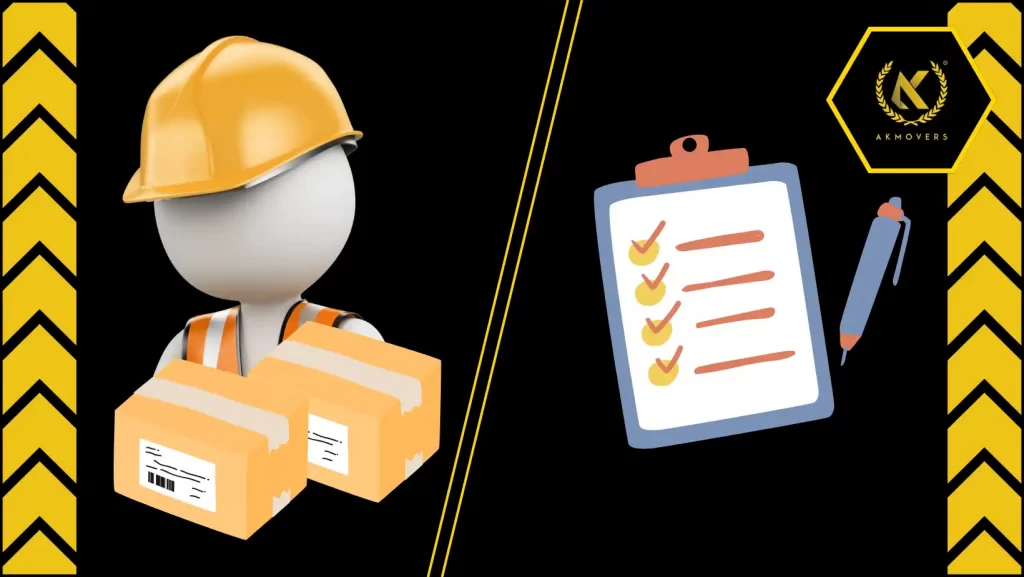
Cargo handling and securement are critical aspects of transporting goods safely and efficiently. Proper cargo handling practices help prevent damage to goods, ensure the safety of workers, and maintain the integrity of the transportation system. These include Loading and Unloading, Securing Cargo, Weight Distribution, Hazardous Materials, Specialized equipment and Training, Certification and Inspection and Maintenance. Compliance with regulations and industry standards for cargo handling and securement is crucial to ensure the safety of goods, workers, and the public. Regulatory agencies and enforcement authorities play a key role in monitoring compliance and enforcing these standards to promote safe and efficient transportation practices.
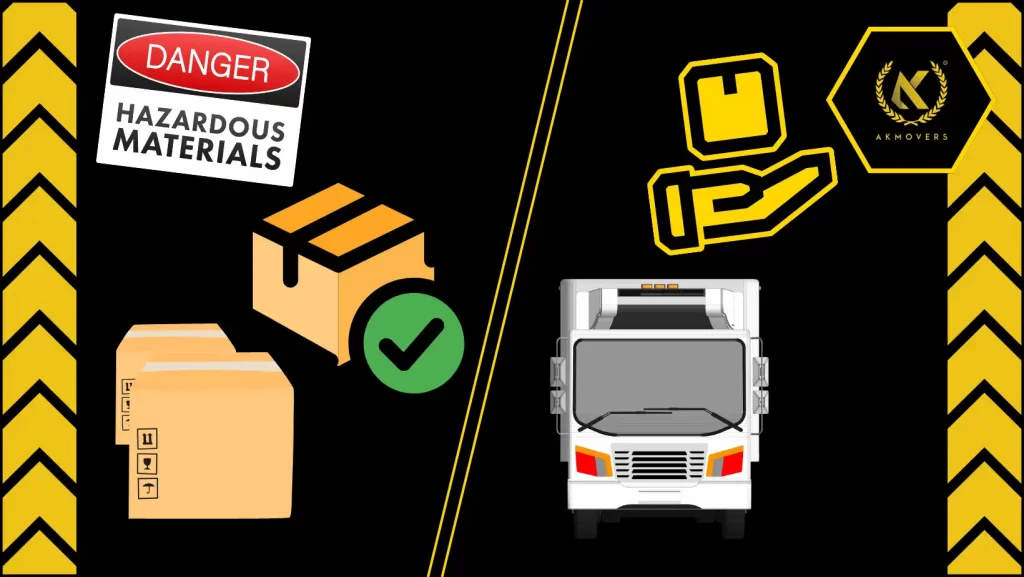
Emergency response planning is a critical component of transporting goods safely, especially when dealing with hazardous materials or other potentially dangerous cargo. A well-developed emergency response plan can help mitigate the impact of accidents or incidents during transportation. These includes, Risk Assessment, Emergency Procedures, Communication Plan, Equipment and Resources, Training and Drills, Coordination with Emergency Services and Documentation and Reporting. By implementing a comprehensive emergency response plan, transportation companies can minimize the risks associated with transporting goods and ensure the safety of personnel, the public, and the environment.
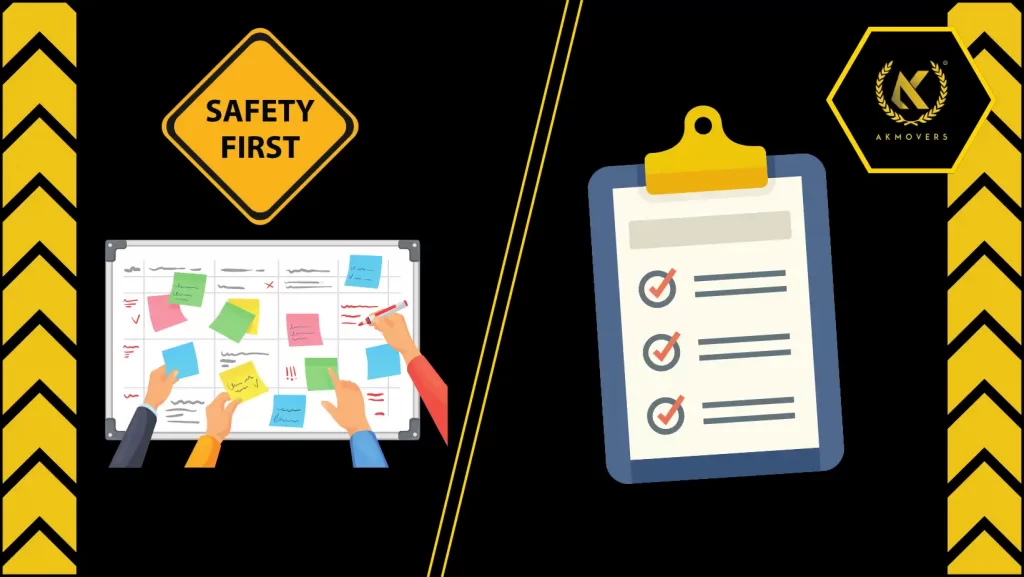
Enforcement and compliance in transporting goods are essential to ensure the safety of the transportation system, protect the environment, and uphold regulatory standards. These include Regulatory Compliance, Driver Qualifications, Vehicle Inspections, Cargo Securement, Hazardous Materials, Weight Limits, and documentation and Record-Keeping. Enforcement of regulations and standards in transporting goods is typically carried out by regulatory agencies, law enforcement, and other authorized entities. Penalties for non-compliance can include fines, vehicle impoundment, and suspension of operating privileges. Ensuring compliance with these regulations is essential for maintaining the safety and integrity of the transportation system.
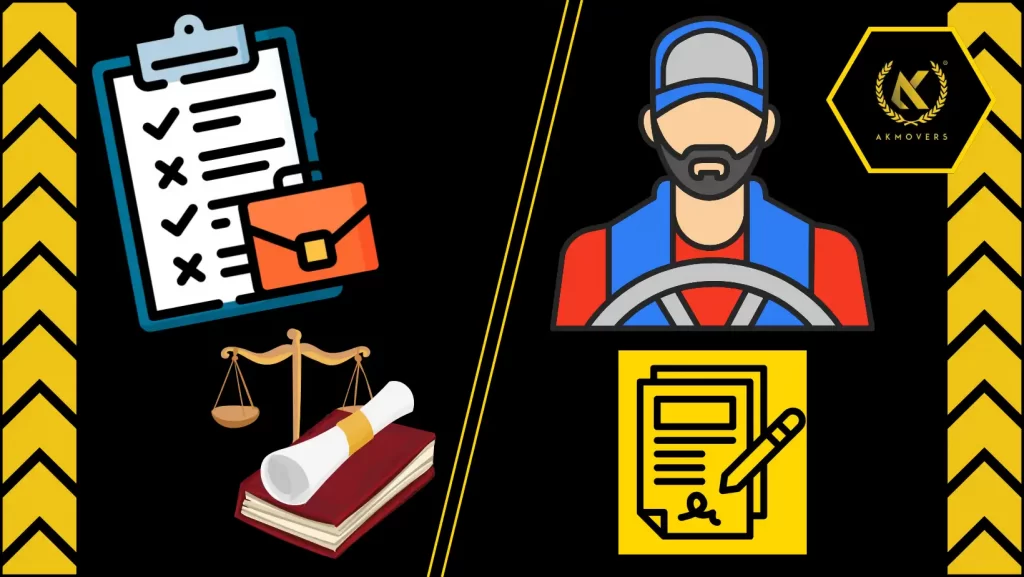
Hours of service regulations for transporting goods are rules that govern the amount of time commercial drivers can operate their vehicles before taking a break or rest period. These regulations are designed to prevent driver fatigue, which can lead to accidents. These regulations include Maximum Driving Hours, Rest Breaks, Daily and Weekly Limits, Off-duty Time, Electronic Logging Devices (ELDs), Exemptions, and Penalties for Non-compliance. Hours of service regulations are an important part of ensuring the safety of commercial drivers and other road users. They help prevent driver fatigue, which can impair a driver’s ability to operate a vehicle safely. Compliance with these regulations is essential for commercial drivers and transportation companies to avoid penalties and ensure the safety of their operations.
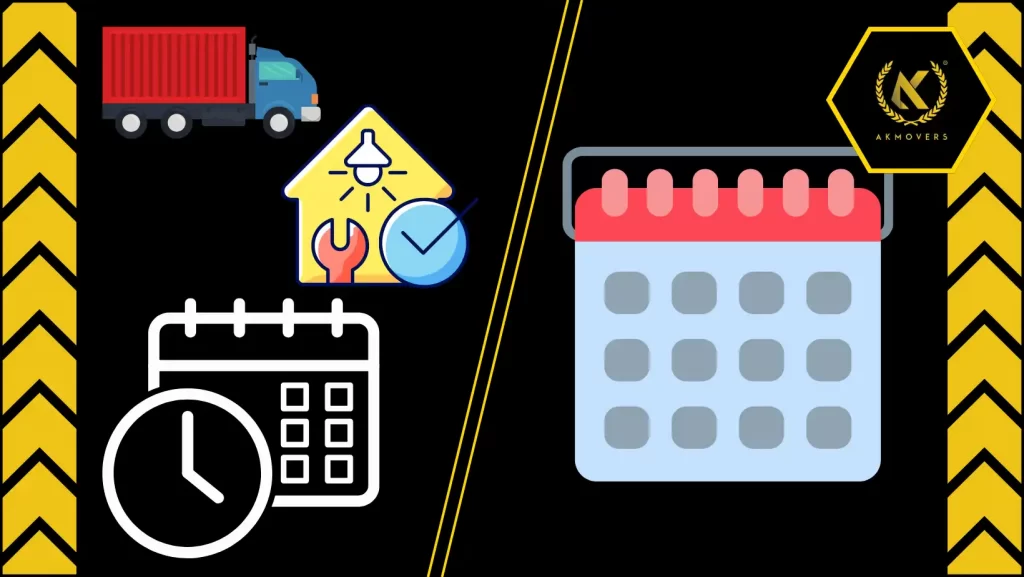
Environmental regulations in transporting goods aim to reduce the environmental impact of transportation activities, including air and noise pollution, greenhouse gas emissions, and the risk of spills or accidents. This regulation includes Emissions Standards, Fuel Efficiency Standards, Alternative Fuels, Idling Restrictions, Noise Regulations, Hazardous Materials Transport, and Waste Management. Compliance with these regulations is essential for transportation companies to minimize their environmental impact and ensure the sustainability of their operations. Regulatory agencies and enforcement authorities monitor compliance and enforce these regulations through inspections, audits, and penalties for non-compliance. Transport companies can also take voluntary measures to reduce their environmental impact, such as investing in fuel-efficient vehicles, using alternative fuels, and implementing efficient routing and logistics practices.
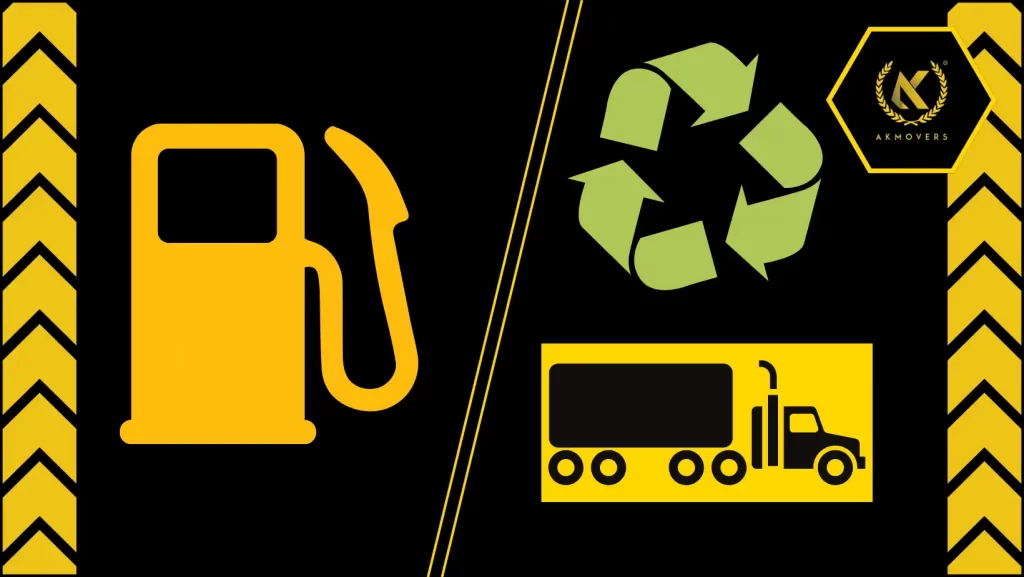
Compliance with these regulations is crucial for ensuring the safe and secure transportation of items, as well as for protecting the environment and public safety. Regulatory bodies and enforcement agencies play a key role in monitoring compliance and enforcing these regulations to promote safe and efficient transportation practices.
